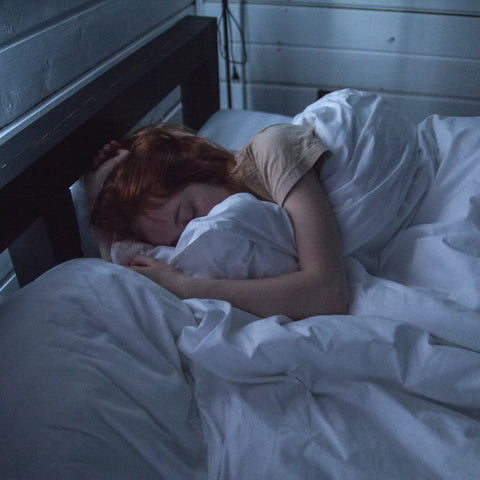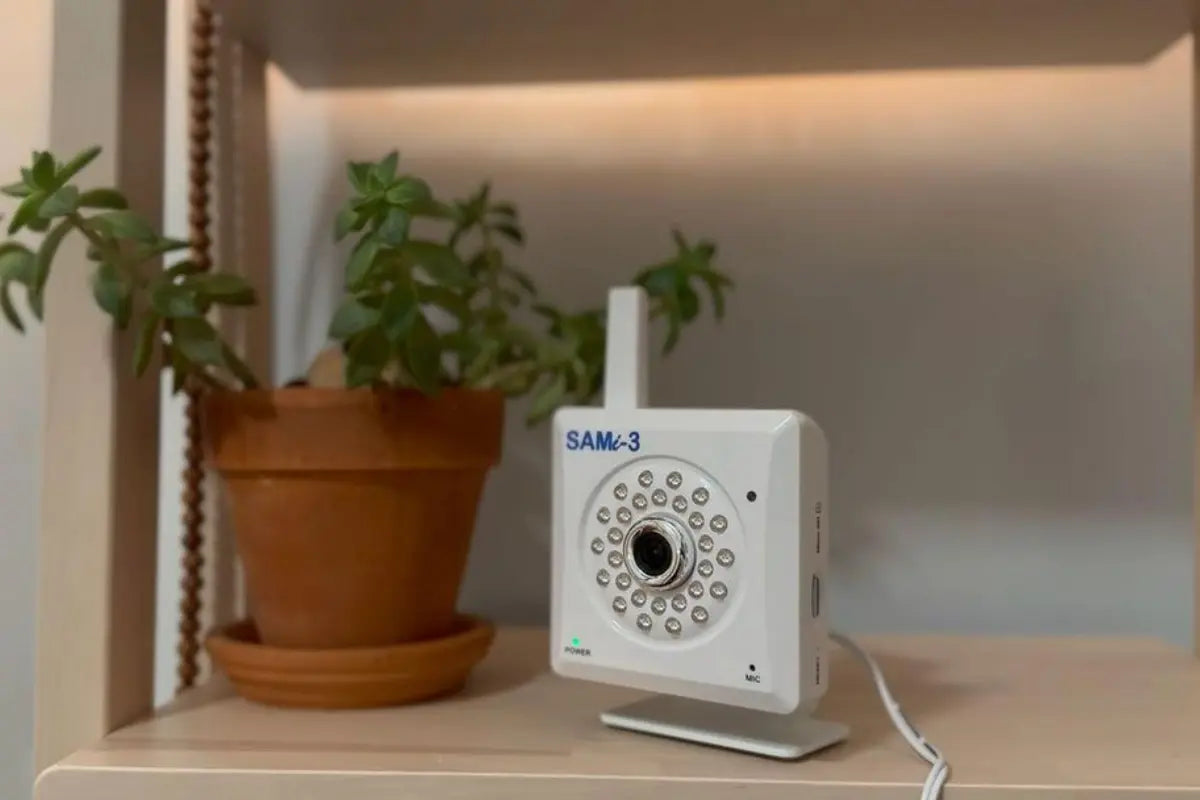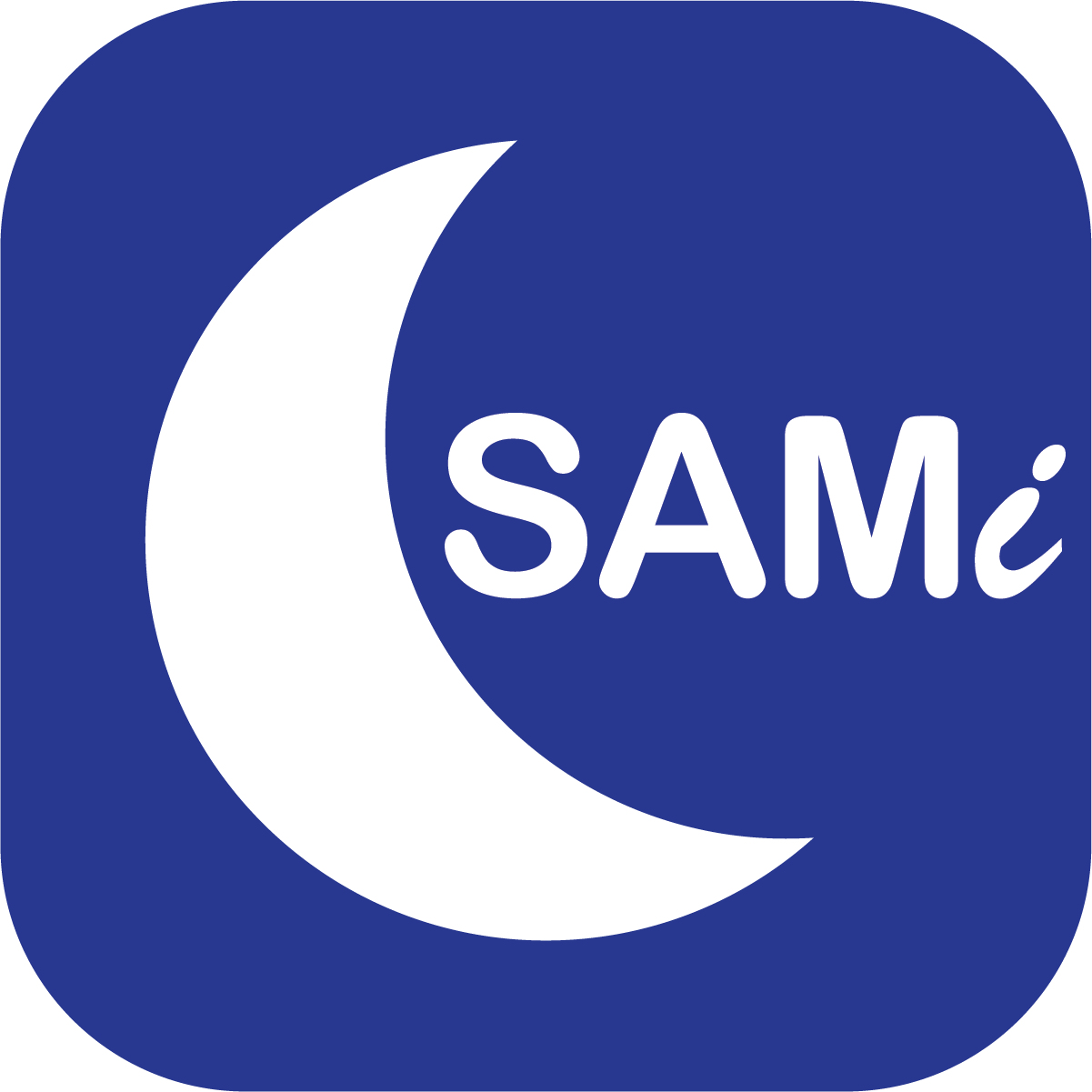In today's fast-paced world, the significance of a good night's sleep cannot be overstated. Sleep studies have emerged as a cornerstone in understanding and enhancing our sleep health and wellness. These studies, primarily through the use of polysomnography, offer a comprehensive analysis of sleep patterns and disorders, playing a pivotal role in modern health care. They not only help in identifying sleep issues but also pave the way for effective treatment strategies, significantly improving the quality of life for those affected.
Understanding Polysomnography
How Does It Work?
This is a comprehensive sleep study that records a variety of body functions during sleep, such as brain waves, oxygen levels in the blood, heart rate, and breathing patterns, among others. This test is conducted in a sleep lab, where technicians monitor the patient throughout the night. The data collected provides an in-depth analysis of the patient's sleep cycles and stages, crucial for diagnosing various sleep disorders.
Diagnosing Sleep Disorders
Polysomnography plays a crucial role in diagnosing sleep disorders by providing a detailed picture of a person's sleep architecture. This includes identifying issues such as sleep apnea, restless legs syndrome, and REM sleep behavior disorder. The data collected is invaluable in determining the severity of these conditions and guiding the choice of treatment, whether it be CPAP therapy for sleep apnea, medication, or lifestyle modifications.
Preparing for a Sleep Study
Patients are usually advised to avoid caffeine and naps on the day of the test to ensure natural sleep patterns are observed. Upon arrival at the sleep center, patients are set up with sensors that monitor various physiological functions. Though the environment is different from home, efforts are made to ensure comfort, facilitating as normal a sleep experience as possible.
Sleep Apnea: Challenges and Testing
Behavioral Therapies vs. Medication
When it comes to treatment options for chronic insomnia, there's a spectrum ranging from behavioral therapies to medication. Cognitive-behavioral therapy (CBT) for insomnia is highly effective, focusing on changing sleep habits and patterns of thought related to sleep. On the other hand, medication may be used for short-term relief, though it's not typically recommended for long-term management due to potential dependency and side effects. The choice of treatment is personalized, taking into account the patient's specific situation.
The Impact of Sleep Hygiene on Insomnia
Good sleep hygiene practices can significantly impact the management of insomnia. This includes maintaining a regular sleep schedule, creating a comfortable sleep environment, limiting exposure to screens before bedtime, and avoiding caffeine and large meals close to bedtime. These habits, along with tailored insomnia treatment options, can improve sleep quality and duration over time, enhancing overall health.
Treatment Options for Sleep Apnea
Sleep apnea is a significant health condition characterized by pauses in breathing or periods of shallow breathing during sleep. It can lead to various health issues if left untreated, including daytime fatigue, cardiovascular problems, and decreased quality of life. Fortunately, there are several effective treatments available that can mitigate these risks and improve sleep quality. These options range from devices that keep the airway open to lifestyle modifications and surgery. Here's a look at the main treatments for sleep apnea:
-
Oral Appliance Therapy: This treatment is best suited for people with mild to moderate obstructive sleep apnea. Oral appliances are custom-fitted devices that look similar to mouthguards or orthodontic retainers. They work by slightly advancing the lower jaw or holding the tongue in a different position to keep the airway open during sleep. Many patients find oral appliances to be a more comfortable and convenient alternative to CPAP, making them a popular choice for those who struggle with the bulkier CPAP apparatus.
-
Lifestyle Changes: For individuals with mild sleep apnea, lifestyle modifications can be remarkably effective. These changes include losing weight, exercising regularly, quitting smoking, and avoiding alcohol and sedatives before bedtime. Additionally, altering sleeping positions to avoid lying on the back can help reduce symptoms. Though these adjustments may seem simple, they can have a profound impact on the frequency and severity of sleep apnea episodes.
-
Surgery: Surgical interventions are considered when other treatments are ineffective or not suitable for the patient. The type of surgery depends on the underlying cause of sleep apnea. Common procedures include tonsillectomy, uvulopalatopharyngoplasty (UPPP), and maxillomandibular advancement (MMA). These surgeries aim to increase the size of the airway through various means, such as removing excess tissue or repositioning anatomical structures. Surgery may offer a permanent solution for some, but it comes with risks and a recovery period.
-
Positional Therapy: This is a straightforward yet effective approach for individuals whose sleep apnea symptoms worsen in certain sleeping positions, typically when lying on their back. Positional therapy involves using special devices like vests, pillows, or alarms that encourage sleeping in a side position. By preventing the sleeper from rolling onto their back, these devices can significantly reduce the occurrence of sleep apnea episodes for those with positional sleep apnea.
-
Adaptive Servo-Ventilation (ASV): ASV is an advanced form of ventilation therapy designed to treat not only obstructive sleep apnea but also forms of central sleep apnea, where the brain temporarily stops sending signals to the muscles that control breathing. The ASV machine continuously monitors the sleeper's breathing pattern and adjusts the pressure delivered to normalize breathing. This technology is particularly useful for patients with complex sleep apnea syndromes, offering tailored support that can improve sleep quality and reduce apnea events.
The journey to sleep apnea testing often involves trying different treatments to find what works best for the individual. With a range of options available, patients have a good chance of finding a therapy that alleviates their symptoms and allows them to enjoy restful sleep. It's crucial for anyone suspecting they have sleep apnea to seek professional medical advice and explore these treatments under the guidance of a healthcare provider.
Narcolepsy Diagnosis and Treatment
Distinguishing Narcolepsy from Other Sleep Disorders
Narcolepsy is a chronic sleep disorder characterized by overwhelming daytime drowsiness and sudden attacks of sleep, which can significantly disrupt daily life. Distinguishing narcolepsy from other sleep disorders requires a careful and thorough evaluation, as symptoms like excessive daytime sleepiness can overlap with other conditions. Specialized tests, such as the Multiple Sleep Latency Test (MSLT), which measures how quickly a person falls asleep in a quiet environment during the day, are critical for a precise narcolepsy diagnosis.
Treatment Strategies for Managing Narcolepsy
Medications can include stimulants to combat daytime drowsiness, antidepressants to control cataplexy, and other symptoms related to abnormal REM sleep, and sodium oxybate for both nighttime sleep and cataplexy. Alongside pharmaceutical treatments, behavioral strategies such as scheduled naps, maintaining a regular sleep schedule, and avoiding alcohol near bedtime can significantly improve symptom management. Although there is no cure for narcolepsy, these interventions can help manage symptoms and improve quality of life.
Living with Narcolepsy: Lifestyle Adjustments
Adapting to life with narcolepsy is an ongoing process that benefits greatly from education, support, and lifestyle adjustments. Patients are encouraged to educate themselves about their condition, engage with support groups, and communicate openly with friends, family, and employers about their needs and limitations. Small changes, such as regular exercise, healthy eating, and stress-reduction techniques, can also make a significant difference in managing symptoms. A supportive network and a proactive approach to treatment and lifestyle changes are key components of living well with narcolepsy.
The Broader Implications of Untreated Sleep Disorders
Health Risks
Untreated sleep disorders pose significant health risks, extending far beyond tiredness or disrupted sleep. Conditions like sleep apnea, if left unmanaged, can lead to high blood pressure, heart disease, stroke, and diabetes. Similarly, the chronic sleep disruption caused by insomnia and narcolepsy can impair immune function, increase the risk of mental health issues such as depression and anxiety, and exacerbate chronic health conditions.
Sleep Health and Wellness: A Holistic Approach
Adopting a holistic approach to sleep health and wellness involves considering all aspects of a person's life that can affect sleep, from physical health and sleep environment to stress levels and lifestyle choices. Healthcare providers often emphasize the importance of sleep hygiene and may recommend interventions to address behaviors and thoughts that hinder sleep.
Advocating for Sleep Study Accessibility
Increasing accessibility to sleep studies and raising awareness about the importance of sleep health are critical steps toward addressing the widespread issue of sleep disorders. Many individuals remain undiagnosed and untreated due to a lack of awareness or access to diagnostic resources like polysomnography. Advocacy efforts are needed to improve access to sleep medicine services, educate the public and healthcare professionals about sleep health, and destigmatize sleep disorders. Ensuring that more people can access the care they need is essential for improving public health outcomes related to sleep.
Future Directions in Sleep Study Technology and Treatment
Innovations in Sleep Monitoring
The realm of sleep medicine has undergone significant transformations, thanks to the advent of advanced technologies. These innovations have changed the landscape of how sleep disorders are diagnosed and managed, providing tools that offer both precision and ease of use. The shift from relying solely on traditional sleep laboratories to integrating cutting-edge technology has made sleep disorder diagnosis more accessible and comprehensive. Two of the most impactful innovations in this field are:
-
Wearable Devices: These devices represent a leap forward in sleep movement monitor technology. They are equipped with sensors capable of tracking an array of physiological parameters such as sleep stages. What sets wearable devices apart is their ability to collect data continuously in the user's natural sleeping environment, offering a more accurate picture of their sleep patterns. This data can be invaluable for diagnosing sleep disorders like insomnia, sleep apnea, and restless legs syndrome, providing insights that were previously only obtainable in a sleep lab setting. Moreover, the convenience and non-invasiveness of wearable technology encourage better patient compliance and ongoing monitoring.
-
Artificial Intelligence (AI) and Machine Learning: AI and machine learning technologies are at the forefront of analyzing the vast amounts of data generated by wearable devices and other sleep monitoring tools. These sophisticated algorithms can detect patterns and anomalies in sleep data that might be missed by the human eye, leading to more accurate diagnoses. Furthermore, AI can tailor treatment plans to the individual's unique sleep patterns, offering personalized management strategies that can significantly improve treatment outcomes. The ability of AI to learn from data means that these systems continually improve, making the diagnosis and management of sleep disorders increasingly effective over time.
-
Sleep Movement Cameras: These sophisticated cameras utilize computer vision and motion detection technology to monitor and analyze sleep patterns without physical contact, offering an unobtrusive alternative to wearable devices. By capturing subtle movements and breathing patterns throughout the night, sleep movement cameras can provide insights into sleep quality, identify sleep disturbances, and detect signs of sleep disorders such as sleep apnea. This technology enhances the precision of sleep assessments in a user's natural sleeping environment, contributing to the accuracy of diagnoses.
The integration of wearable devices and AI into sleep medicine represents a paradigm shift towards more personalized and accessible care. These technologies not only enhance our understanding of sleep disorders but also empower patients and clinicians with the tools needed for effective management. As we continue to embrace these advancements, the future of sleep medicine looks promising, with the potential for even greater improvements in diagnosing and treating sleep disorders. This evolution signifies a move towards a more patient-centered approach, where technology plays a key role in facilitating better sleep health for individuals worldwide.
The Role of Technology in Enhancing Sleep Health
Technology's integration into sleep health goes beyond diagnosis and treatment; it includes prevention and education. Apps and online platforms are increasingly used to disseminate information on good sleep practices, helping individuals adopt healthier sleep habits. Moreover, these technologies offer personalized recommendations and can alert users to potential sleep issues before they become serious. Telemedicine has also become an indispensable tool in sleep medicine, enabling consultations and follow-ups to be conducted remotely. This not only makes sleep specialists more accessible to a wider audience but also facilitates ongoing management of sleep disorders more conveniently and efficiently.

The journey towards better sleep health is ongoing, and sleep studies will continue to play a critical role in this journey. By embracing new technologies, fostering interdisciplinary collaboration, and focusing on the patient experience, the field of sleep medicine can look forward to a future where sleep disorders are no longer a barrier to living a healthy, fulfilling life. As we move forward, the commitment to research, innovation, and education will be key to unlocking the full potential of sleep studies in improving public health and individual well-being.





